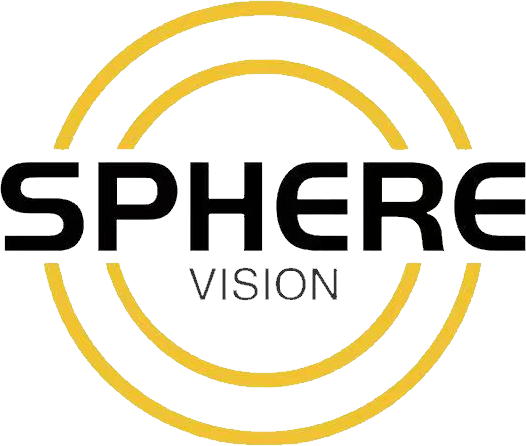Article 8: Understanding the Working Principle of Spherical LED Screens
2025-08-27
9
H1: Understanding the Working Principle of Spherical LED Screens
H2: 1. Basic Structure of a Spherical LED Screen
Spherical LED screens consist of four key components: LED modules, control systems, power supply, and supporting structure.
H3: LED Modules
Each module contains red, green, and blue LEDs
Brightness of each LED is controlled for full-color output
H3: Control System
Includes sending cards, receiving cards, and software
Converts video signals into precise LED brightness commands
H3: Power Supply
Ensures stable, high-brightness operation
Supports long-term, continuous usage
H3: Supporting Frame
Modular metal structure for easy assembly and maintenance
Provides stability while supporting 360-degree display
H2: 2. Display and Image Mapping Principle
Flat LED modules are arranged on a curved surface to create 360-degree visuals. Spherical mapping is used to prevent distortion. High refresh rates (typically 600Hz+) ensure smooth motion and prevent flicker.
H2: 3. Interactive and Multimedia Capabilities
Spherical screens are ideal for interactive content, such as:
Touch feedback
Gesture-based control
Projection mapping
Software integration enables dynamic visual effects and immersive experiences.
H2: 4. Installation and Maintenance Considerations
Modular design allows both front and rear access
Professional installation ensures proper wiring and calibration
Cooling and ventilation systems maintain stable operation in various environments
Internal Link Example:
Check our article on How Pixel Density Affects Display Performance for insights on choosing the right screen.
H2: 5. Applications of Spherical LED Screens
Museums and exhibitions
Concerts and live performances
Retail stores and commercial advertising
Science and educational displays
Conclusion:
Spherical LED screens combine engineering, art, and technology. With precise pixel control, spherical mapping, and high refresh rates, these screens deliver stunning 360-degree visuals suitable for a wide range of applications. Understanding their working principle is essential for installation, maintenance, and maximizing visual impact.
news
-
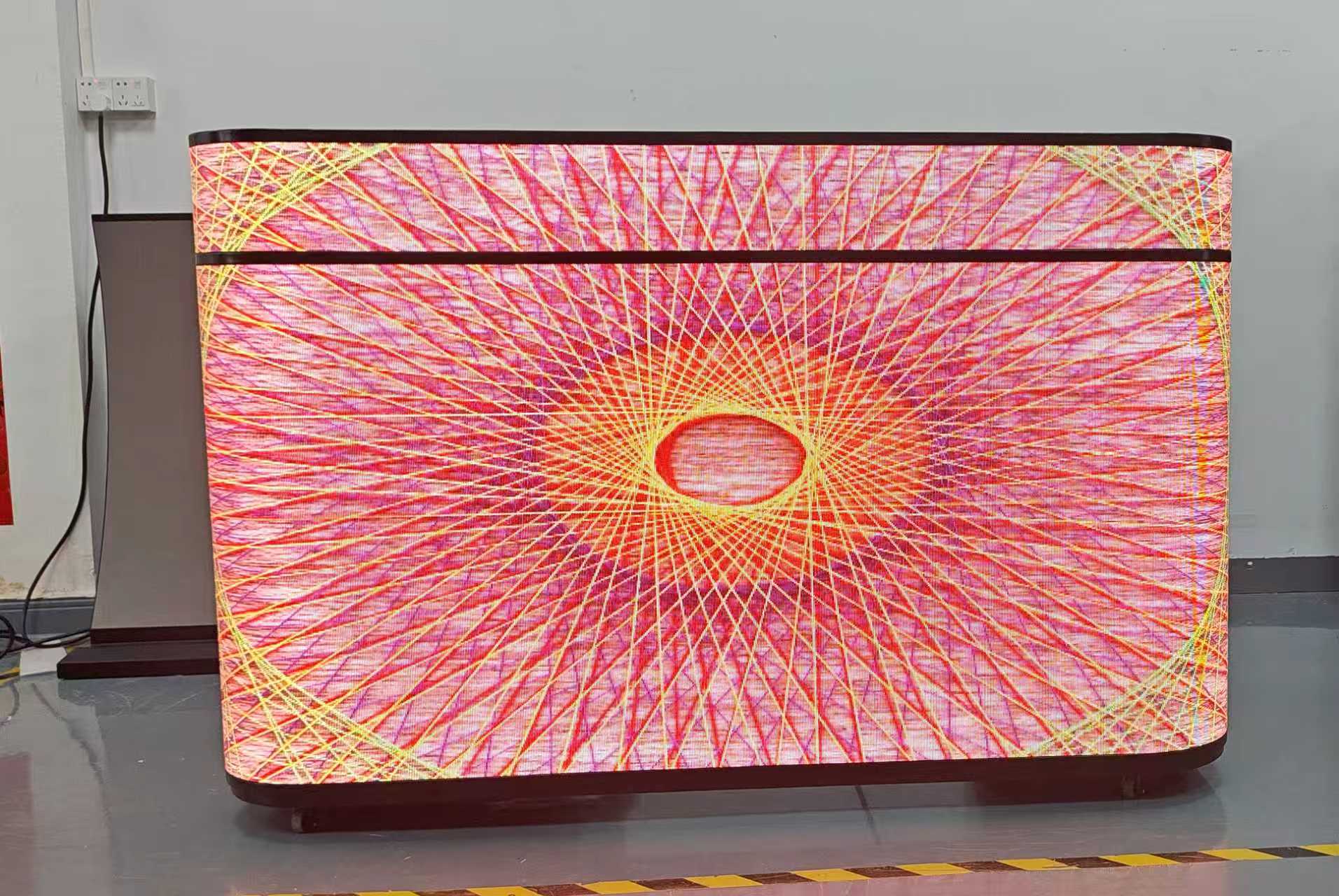
2025-08-29
Where Can an Outdoor LED DJ Booth Be Used?
-
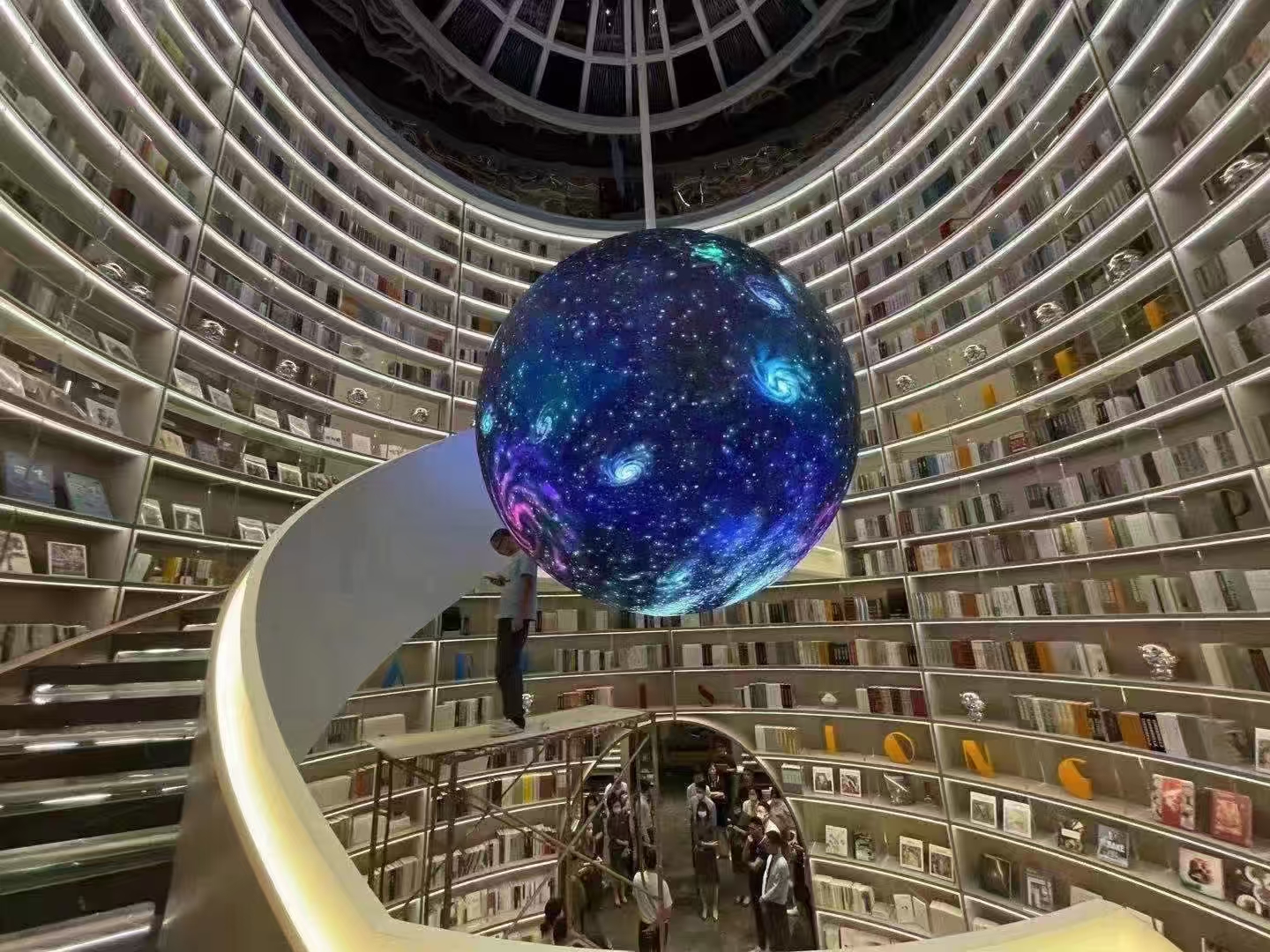
2025-08-27
Article 8: Understanding the Working Principle of Spherical LED Screens
-
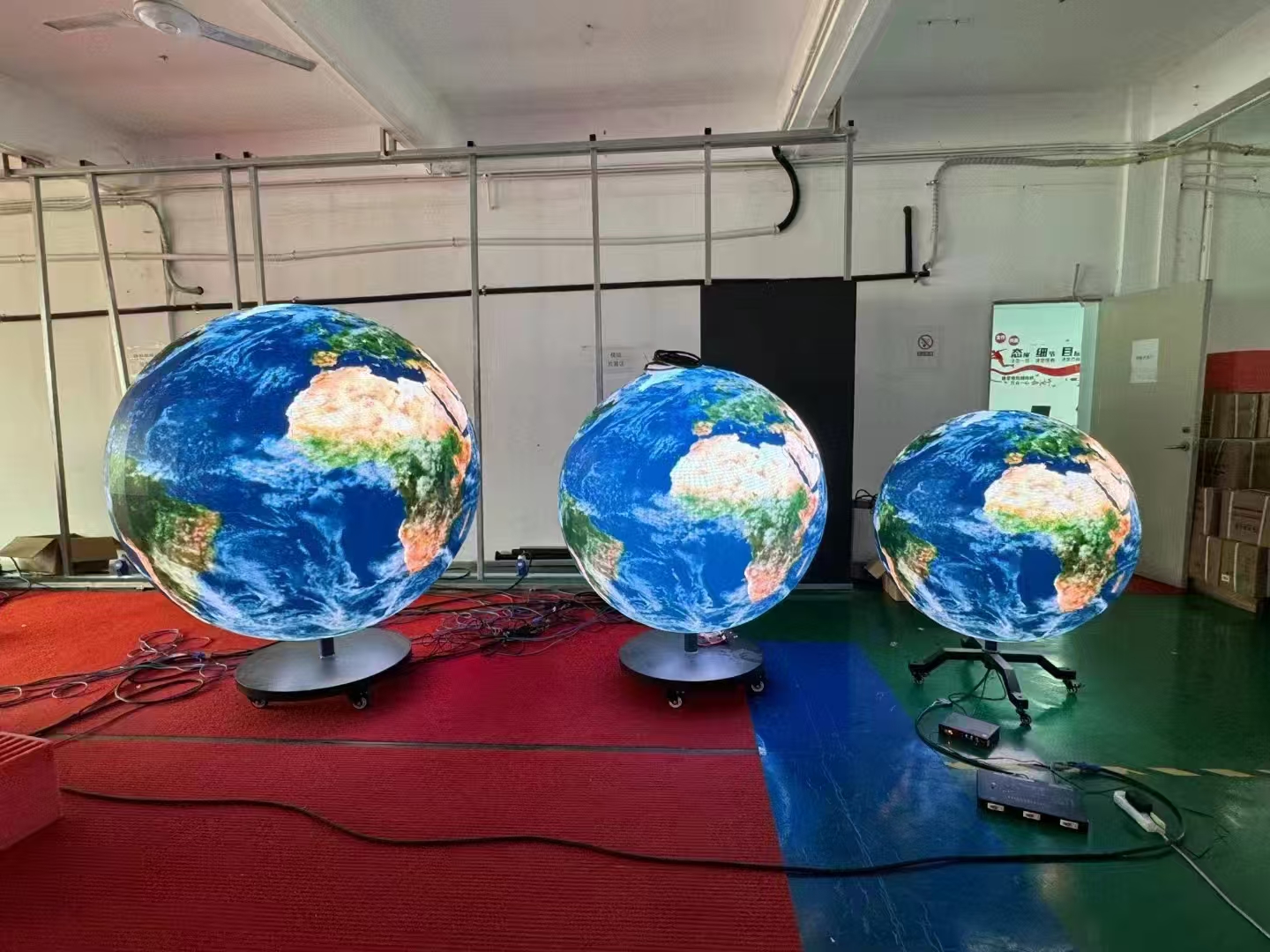
2025-08-27
Article 7: How Pixel Density Affects Spherical LED Screen Performance
-
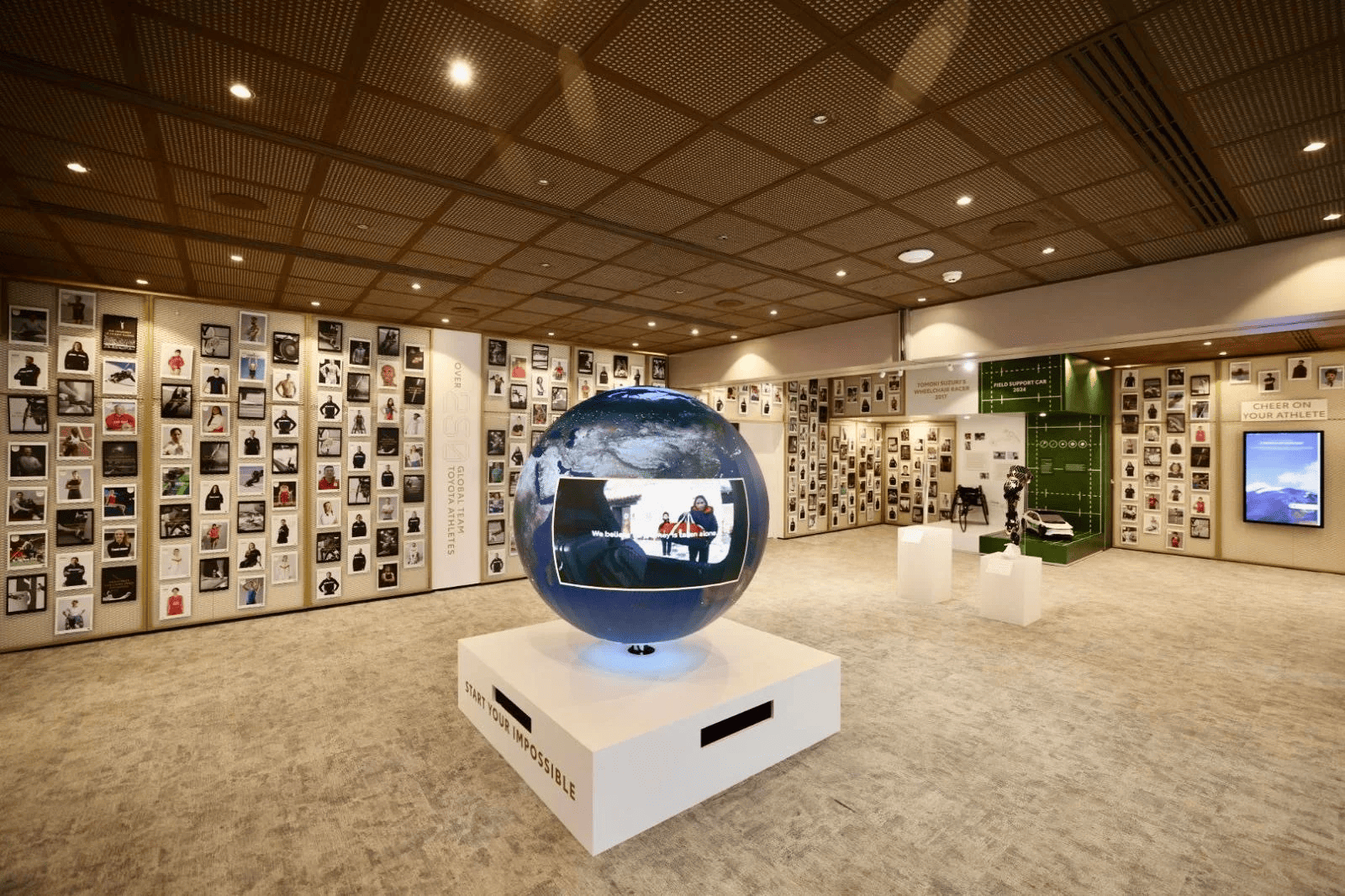
2025-08-27
Article 6: Comprehensive Maintenance Guide for Spherical LED Screens
-
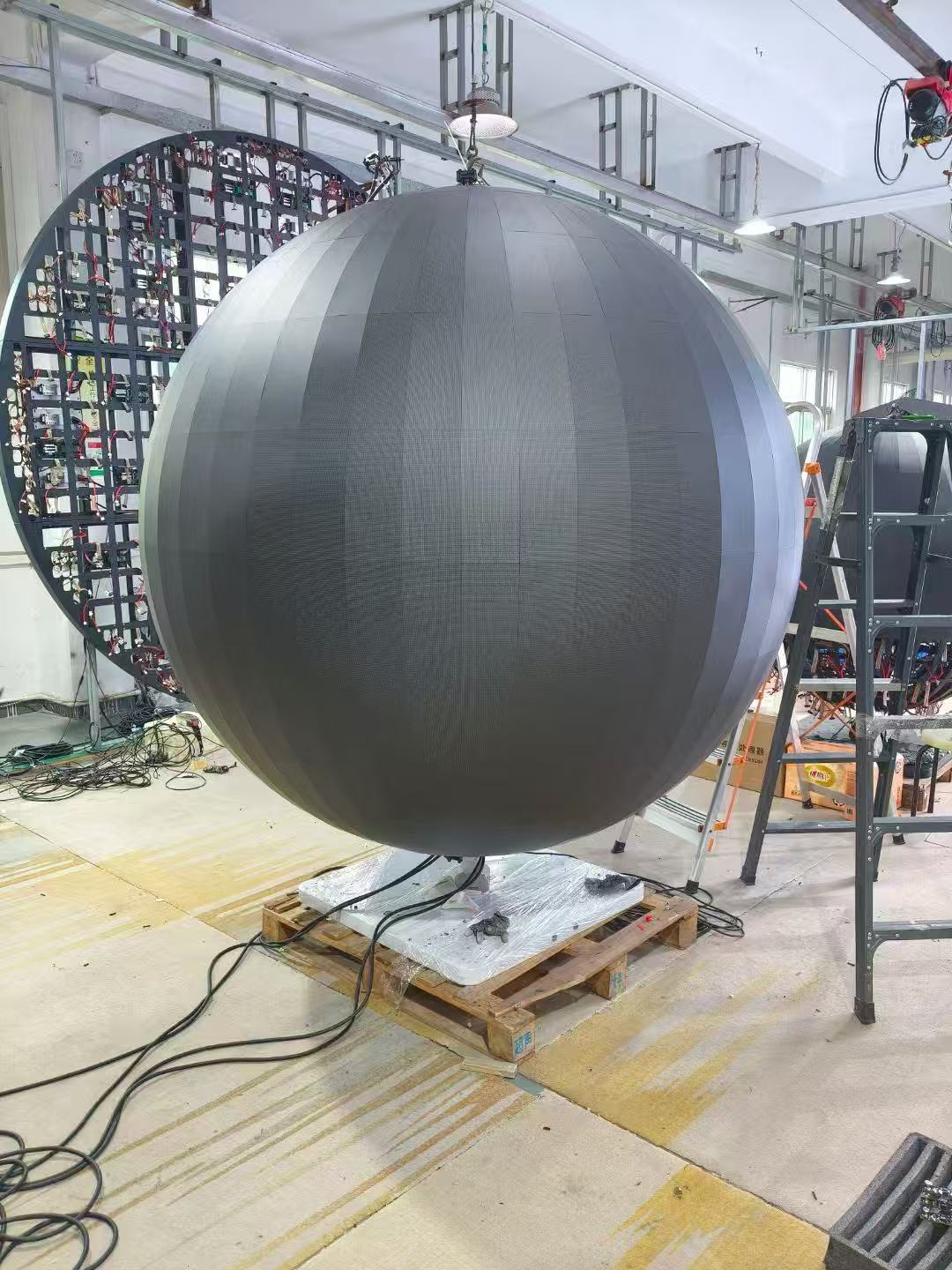
2025-08-27
Article 9: Understanding Pixel Pitch Differences and Maintenance for Spherical LED Displays
